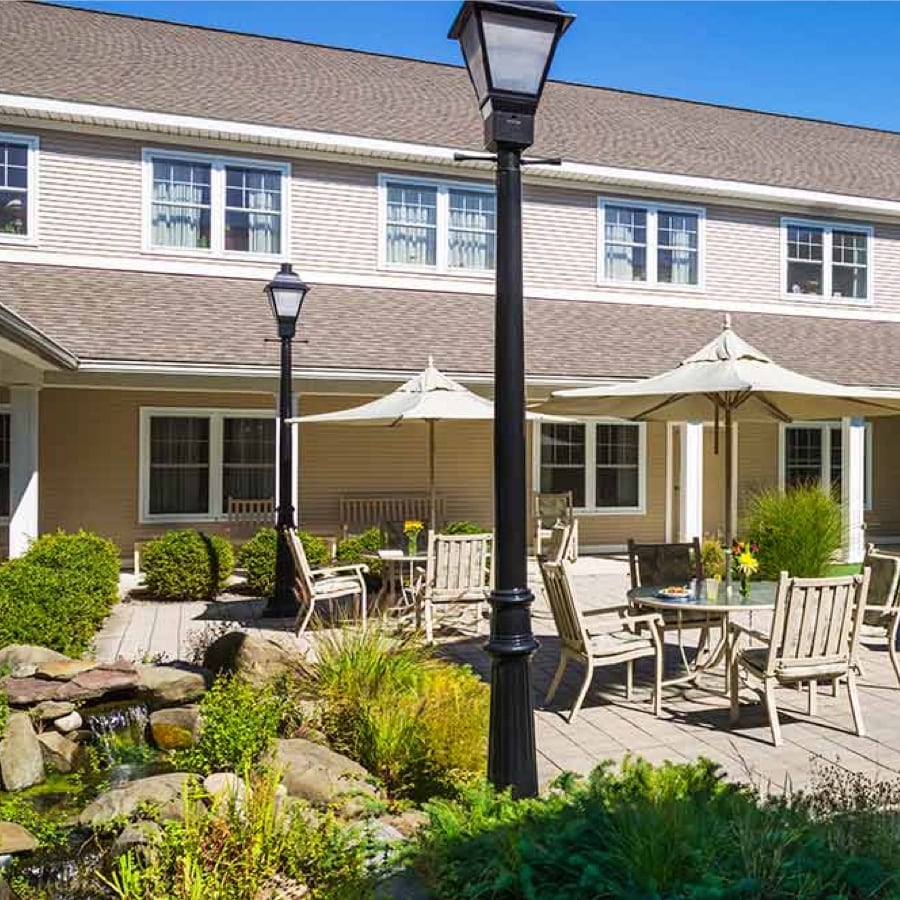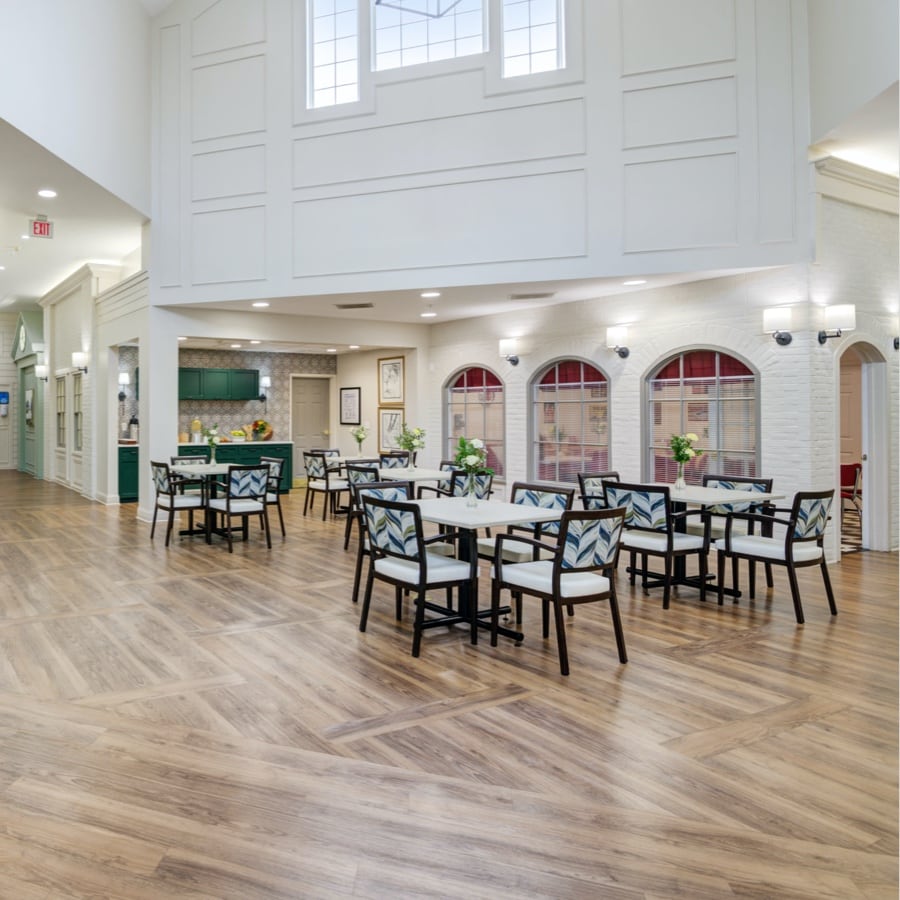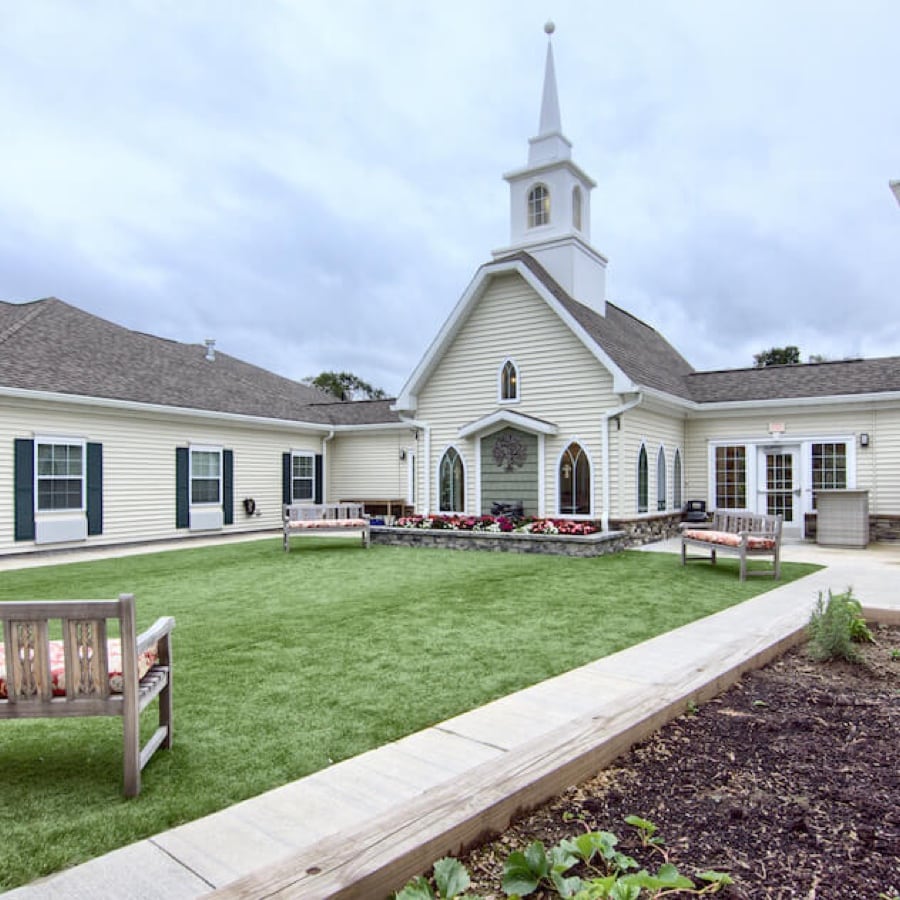Spending quality time with your loved ones is always important, but when a loved one resides in an assisted living community, this familial bonding takes on new meaning. Seniors in assisted living need the interaction of family and friends to break up their typical routine, keep them connected with their loved ones, and help them sharpen their memory. But oftentimes family members avoid visiting a loved one in assisted living for fear of potentially awkward moments.
With just a little careful consideration and thoughtful planning, you can make your visits impactful and meaningful for both you and your loved one.
Go-To Assisted Living Checklist for Your Next Visit
When visiting your loved ones in assisted living communities, the key is to plan effectively. In general, most residents have the most energy in the morning or right after lunch. Talk to staff members and find out when the best times are for you to visit so that you can maximize your time together.
Use this checklist below for some other helpful items to consider when planning a visit:
- Set the right tone from the start. Always approach your loved one with a warm smile, an embrace and a positive attitude.
- Leave your phone in the car. Be present for the entire visit. If you’re constantly distracted or distant, your loved one will take notice and respond to it.
- Plan your visit around activities. If you are worried about combating awkwardness, consider visiting during a meal, a pre-planned activity or an event. This will give you a chance to interact without having to engage in awkward or forced conversations.
- Bring items with you. Photo albums, old home movies or drawings from children can be a great way to start your visit. Your loved one will appreciate the effort and it shows you’ve been thinking about them.
- Bring your children. Children are the great equalizer. Residents love to brag to their friends about their children and grandchildren. Plus, kids never feel awkward. It’s a great way to avoid discomfort and create meaningful bonding opportunities.
- Give yourself enough time. The length of your visit will greatly depend on your loved one. If they are tired, that’s your cue to leave. But, if they’re engaging and enjoying their time with you, stay as long as you can. Make the most of the time you have together.
- Say what’s on your mind. Share feelings, problems, and joys with your loved one. Make them feel a part of your family. Their life experiences and stories may help you through things you’re dealing with in your life and it will give them a greater sense of purpose.
- Go for a walk together if you can. Walking is a great way to ease awkwardness, help your loved one get valuable physical activity, and help the natural flow of conversation.
- Show love. Your loved one needs to feel important. Tell them you love them, hold their hand and embrace them. Make sure they know you value your time spent together and that it’s not a chore.
- Plan regular visits. It can be difficult to keep a consistent visiting schedule, but if your loved one can anticipate your next visit, it gives them something to work towards.
Don’t let yourself be intimidated by a dementia diagnosis or the changes in your loved one from visit to visit. Just enjoy your time spent together, cherish old memories and more importantly, make new ones. The more you are involved, the healthier and happier your loved one will be.
Assisted Living the Peregrine Way
Peregrine Senior Living offers a distinctive approach to assisted living that focuses on the changing expectations of seniors. It is our goal to provide an environment where we challenge, nurture and collaborate with our residents. Our life-affirming culture is built around the principle of focusing on what remains instead of what was lost. Learn more about our unique philosophy and find out if we would be a good fit for your loved one. Contact us today to learn more about Peregrine Senior Living.











